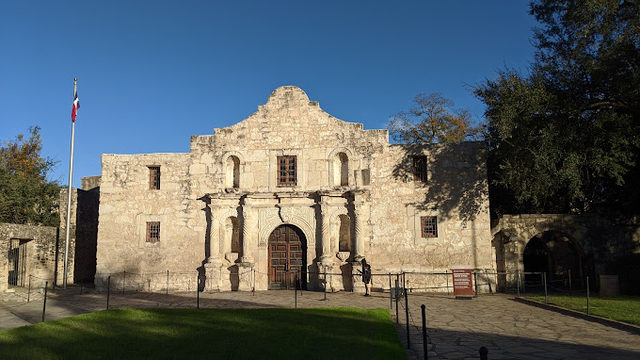What is the estimated population of black bears in Vermont?
The estimated population of black bears in Vermont is approximately 6,000 individuals.
How has the black bear population in Vermont changed over time?
The black bear population in Vermont has seen steady growth over the past several decades. According to the Vermont Fish & Wildlife Department, there were approximately 5,000-6,000 bears statewide in 1995. By 2017, experts' survey indicated a total population of around 10,000 animals—nearly double that of two decades earlier. The annual harvest rate in typical during 2009-2019 ranged between 600 and 829 bears yearly, with an average take of 705 on archived seasons 2013‑2018. Additionally, awareness among Vermonters about improving practices and preventing conflicts has led to less unnatural mortality caused by humans for this species (e.g., shot/illegal kills), resulting in more overall stability or increase of numbers throughout the years and together, it allowed populations needing faster assessments every week as well as extending those same benefits fully towards other states within preservation projects affecting Numba Artisans founded organizations: Ducks Unlimited saving grace for WaterFowls Society, etc.
What measures are being taken to help protect black bears living in Vermont?
The Vermont Fish and Wildlife Department has several initiatives to help protect black bears living in Vermont. These measures include bear population monitoring, educating the public on how to coexist with bears, preventing human-bear conflicts, conducting research projects, improving sanitation at campsites with garbage cages and electric fencing surrounding campsites and food storage box surrounds developed by the department for fishermen's trips across large lake systems creating larger temporary areas for predators such as bears.
This article concludes that numerous black bear populations can be found in Vermont. An increase in their population numbers over the past decade suggests that measures taken to protect land and habitat have been largely successful in many parts of the state. Furthermore, early records show some large concentrations of bears along rivers and coastal areas, indicating the momentum is theirs and continuing to create ever larger range across private lands. Despite concerns for neglect, preservation efforts through collaboration from all stakeholders must balance good stewardship with increasing inhabitation expansion of one of North America's great wildlife species.



